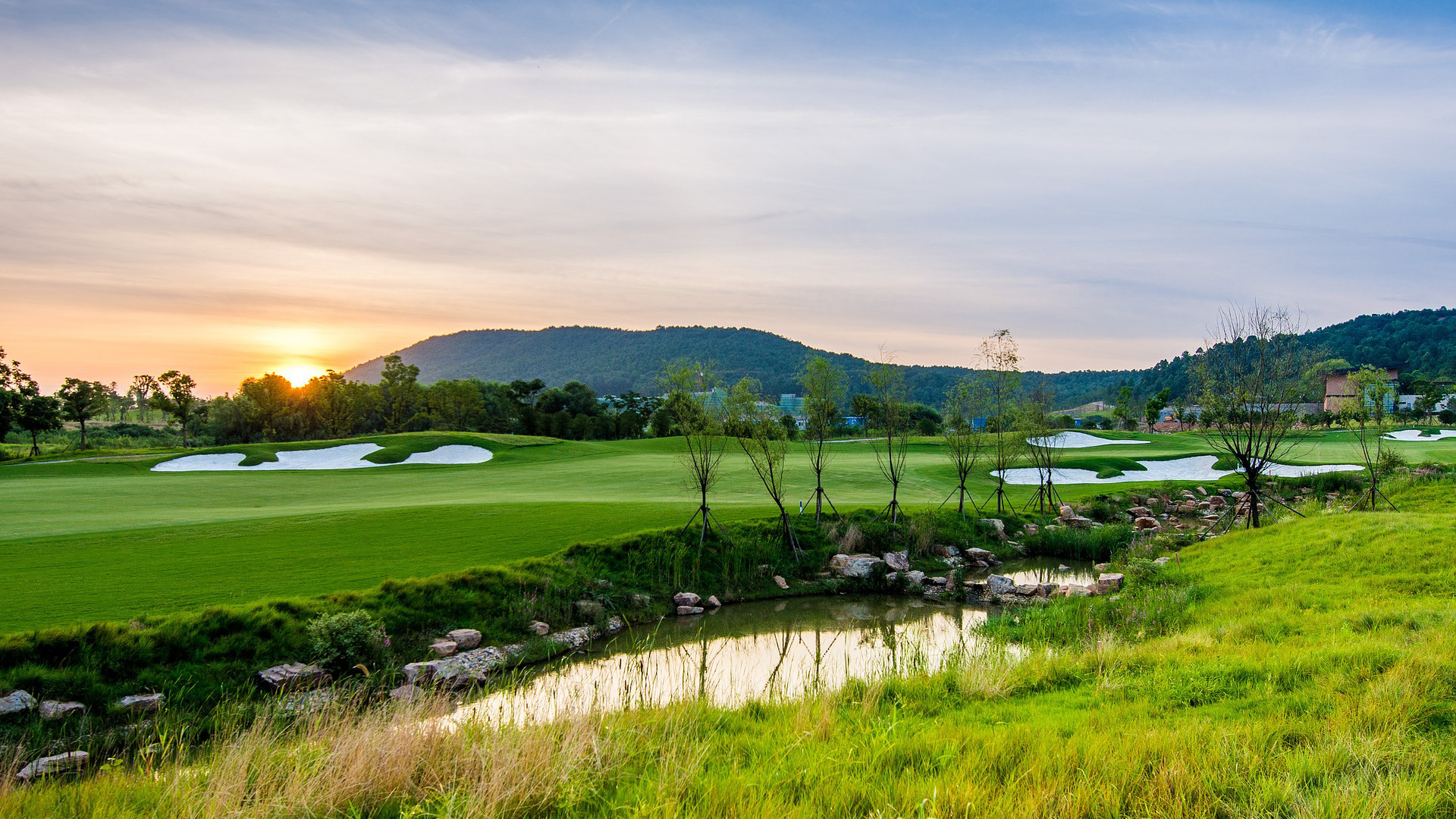Science of the Green
Community Value of Golf Courses project
Rethinking the value of golf using an ecosystem services approach: From the Minneapolis-St. Paul Region to cities in general
There are approximately 16,000 golf courses in the United States spread over many ecoregions and within a large variety of social contexts, from urban to rural, from forest to swamp, grassland to desert. Economically, golf courses contribute billions of dollars collectively to the economy and create jobs for local communities. Environmentally, golf courses require inputs of water, nutrients and pesticides and can be expensive to maintain.
Definition of sustainable golf
By Parker Anderson
Tuesday, January 24, 2017
In order to achieve sustainability in the golf industry it is important to create a working definition of sustainable golf around which to frame specific research and recommendations for the industry. As an industry with a wide range of stakeholders and influences, the golf industry requires a holistic definition of sustainability in order to capture the many facets of influence and impact. In this definition the ethics of permaculture are used as guiding parameters for defining sustainable golf.
Looking towards the future of sustainable golf
Historically the golf industry has fought against the incorporation of sustainability goals into their management strategies for fear of short-term costs and risks to quality of play. This resistance is often unfounded because environmental sustainability and economic profitability in the golf industry are not mutually exclusive.
Can golf courses "bee" friendly?
It is critically important, and at the heart of what it means to be a sustainabl
Introducing GolfLAB
By Parker Anderson
Tuesday, February 14, 2017
What is a GolfLABSM?
The University of Minnesota (UMN), founded in the belief that all people are enriched by understanding, is dedicated to the advancement of learning and the search for truth; to the sharing of this knowledge through education for a diverse community; and to the application of this knowledge to benefit the people. UMN has an incredible resource on its campus, the UMN Les Bolstad Golf Course. The Science of the Green® initiative is focused on developing this resource as a collaborative multidisciplinary laboratory known as GolfLABSM.
Science of the Green
The game of golf is a world-wide sport with a significant economic, environmental, and social impact on societ
Pace of play research creates opportunities in environmental stewardship and sustainability
By Parker Anderson
Thursday, November 30, 2017
Recently, the Science of the Green Initiative at the University of Minnesota, in partnership with the United States Golf Association (USGA), collected data on golf pace of play to examine the impacts of green speed on pace of play at seven golf courses of differing characteristics around the United States. The implications of the data collected, however, are far greater than just measuring the time each player spent on the putting greens; the results have additional value regarding golf facility sustainability and productivity.

